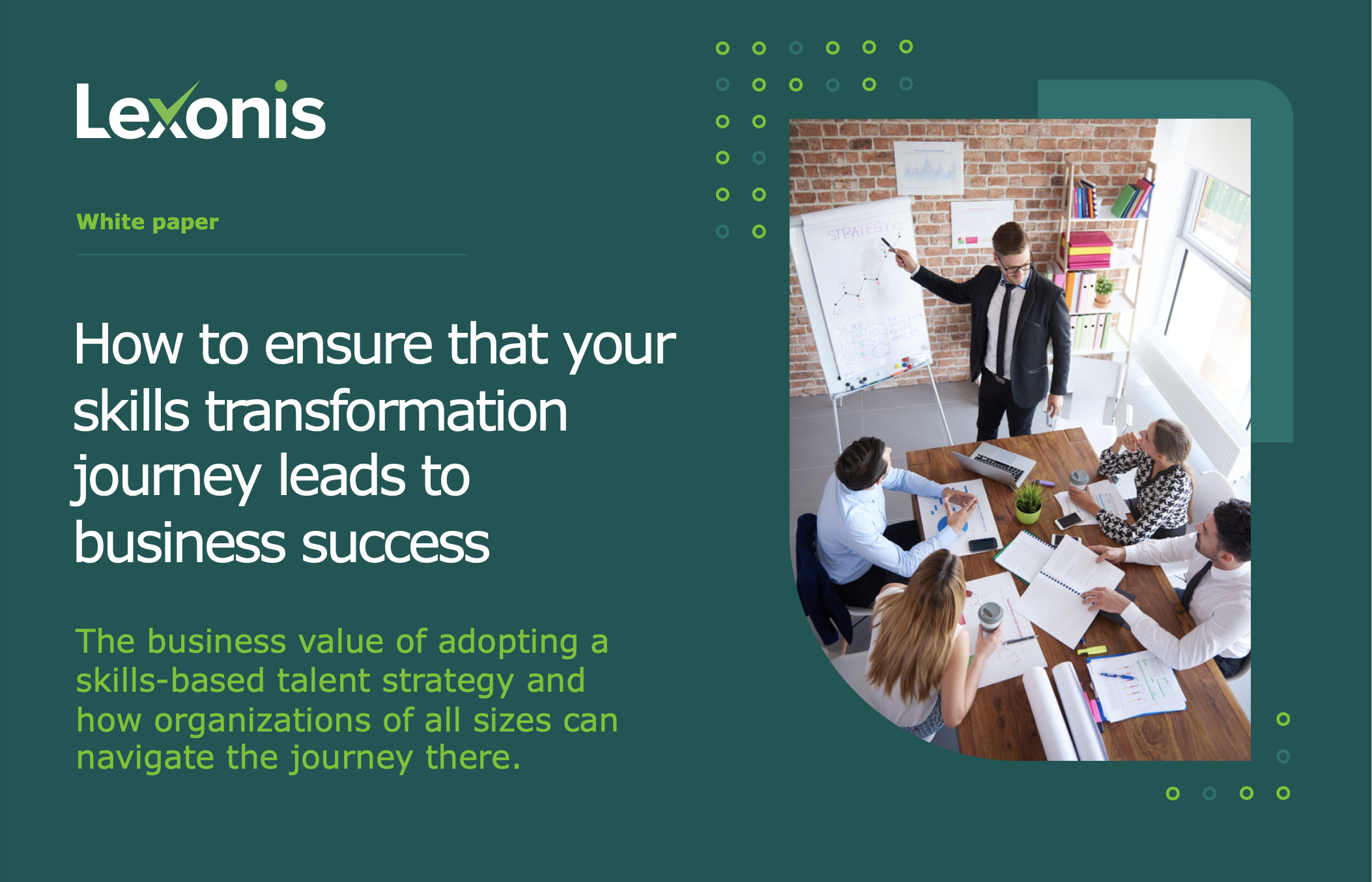What is Talent Mobility? Synonyms for the word “mobility” include adaptability, flexibility, versatility and adjustability. Apply that to employees and which organisation wouldn’t want an adaptable, flexible, versatile and adjustable workforce? Take things further and search for the expression ‘Talent Mobility” on HR forums and people speak of moving employees throughout the organisation, vertically, horizontally (even diagonally!) to help meet the organisation’s needs by leveraging the knowledge, skills and abilities of these employees.
Rather than looking outside of the organisation and incurring the not insignificant time and financial costs associated with external recruitment, Talent Mobility encourages organisations to identify existing employees with the competencies that they are looking for to support a project, a new business strategy or vacancy, ‘internal hires’ as it were; this adds the significant benefit of supporting employee career development and improves retention.
A LinkedIn Talent Solutions Exit Survey found that “internal mobility is key to retention because for every 100 internal moves, American companies retain 38 employees who would have left, Australian companies retain 49 employees, Canadian companies retain 44 employees, Indian companies retain 43 employees and British companies retain 45 employees.” So, we can take it that Talent Mobility is a good thing…
In the past, the traditional approach to mobility was to simply view employees in terms of their job title or job function/family, or which department they sat in within the organisation. However, such an approach is counterproductive to having a mobile workforce because it considers people by job, job function or department or ‘silos’ – the direct opposite of having an adaptable, flexible, versatile and adjustable workforce!
Only by expressing the organisation’s people asset into the knowledge, skills and abilities that they hold i.e. their competencies, and by using a common language to define the same, can we start to think about a truly mobile workforce. For instance, the competencies (functional as well as behavioural) that our Learning and Development Specialist holds, may be well-suited to that of an HR Business Partner in our organisation. How would we know? We can’t do it by comparing job titles or job descriptions. If we ignore the job titles for the moment we can do it by comparing the skills, knowledge and abilities that the individual has with those required for successful performance in the job.
Put it another way, think of competencies as a ‘currency’ that employees can use to move from one part of the organisation to another – such an approach works only by adhering to a universal language to define those competencies.
So, what do we need to implement a successful Talent Mobility program? To begin with, a well-defined competency framework would help but also some technology that enables us to capture and view our employees’ competencies, and match them to the requirements for our project, team, or assignment. That’s exactly what Lexonis’ clients are doing today!
A following blog post will consider the further benefits of implementing a Talent Mobility program but in the meantime, register for our free webinar “5 Steps to Talent Mobility” with guest presenters Donald H. Taylor and Duncan Brand on 1st March by registering here: /webinars/5-steps-talent-mobility


